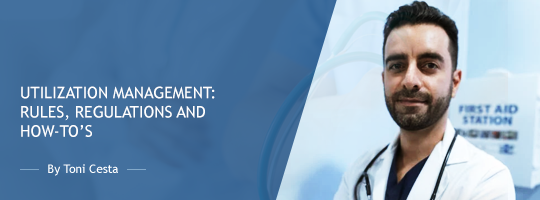Live Webinar
The session will provide an overview of the Anti-Kickback Statute (AKS) and review what it prohibits, as well as review the Statute’s available safe harbors. It will also show how violation of the AKS can raise FCA concerns, and it will provide an assessment of enforcement activities, showing how participants may be at risk. In addition, the session will review recent cases and show how they potentially impact participants.
We will provide an in-depth review of the AKS, focusing on what is prohibited under the Act and what the exceptions are. We will also review the case law, particularly the early case law that sets the stage and basis for how the courts interpret the law. Since one of the exceptions to enforcement under the Act is regulations promulgated by the Secretary, the “safe harbors,” payment practices that will not be subject to criminal prosecution and that will not provide a basis for civil monetary penalties or exclusion from the Medicare or Medicaid programs, we will examine these safe harbors, particularly those more frequently used, to show how protection from enforcement can be achieved. Specifically, we will review the investment, space and equipment rental, personal services/management contracts, and physician recruitment safe harbors.
In addition, we will discuss the OIG’s Joint Venture Advisory Opinion, where a hospital expands into a related service line by contracting with an existing provider of that service. The OIG has significant problems with such an arrangement. We will also discuss the recent advisory opinion by the OIG regarding Physician-Owned Entities. OIG views PODs as inherently suspect under the AKS because the opportunity for a referring physician to earn a profit, including through an investment in an entity for which he or she generates business, could constitute illegal remuneration under the AKS.
Finally, the webinar will review various cases to show how easy it is to run afoul of the Statute, and how the courts view compliance with it.
Who Can Benefit
Hospital executives, particularly CEOs, COOs, CFOs, CNOs, and CMOs;
Nursing home executives;
Physicians;
Physician practice managers; and
Other healthcare provider executives.
Target Audience
Hospital executives, particularly CEOs, COOs, CFOs, CNOs, and CMOs;
Nursing home executives;
Physicians;
Physician practice managers; and
Other healthcare provider executives.
Background
The AKS is currently the focus of law enforcement officials. The Statute provides that the offer or payment, as well as the solicitation or receipt, of “any remuneration” in exchange for referrals of any good, facility, service, or item for which payment may be made in whole or in part under Medicare/Medicaid is prohibited.
Recent cases and/or enforcement actions involving the AKS, violation of which has been held to be the basis of an action under the Federal False Claims Act, (“FCA”) raise serious concerns regarding compliance issues with hospital, physician practices and other healthcare entities. Recoveries under the FCA are at an all-time high, and the percentage of actions involving healthcare organizations has been increasing at exponential rates.
Areas Covered in this Presentation
Federal Civil Anti-Kickback Statute,
Safe Harbors providing protection under the AKS,
Enforcement activities involving the AKS,
The OIG’s Joint Venture Advisory Opinion,
The OIG’s advisory opinion regarding Physician-Owned Entities, and
The anti-fraud provisions of the Affordable Care Act.








